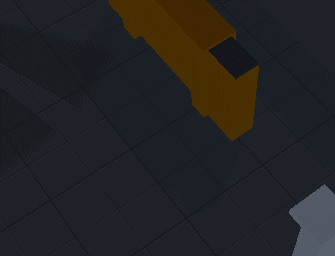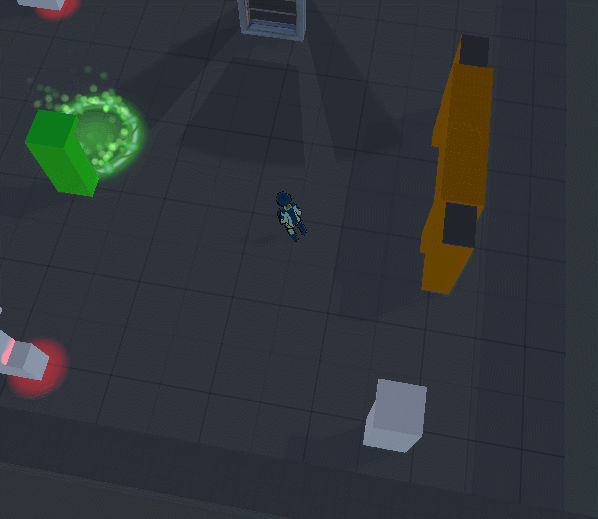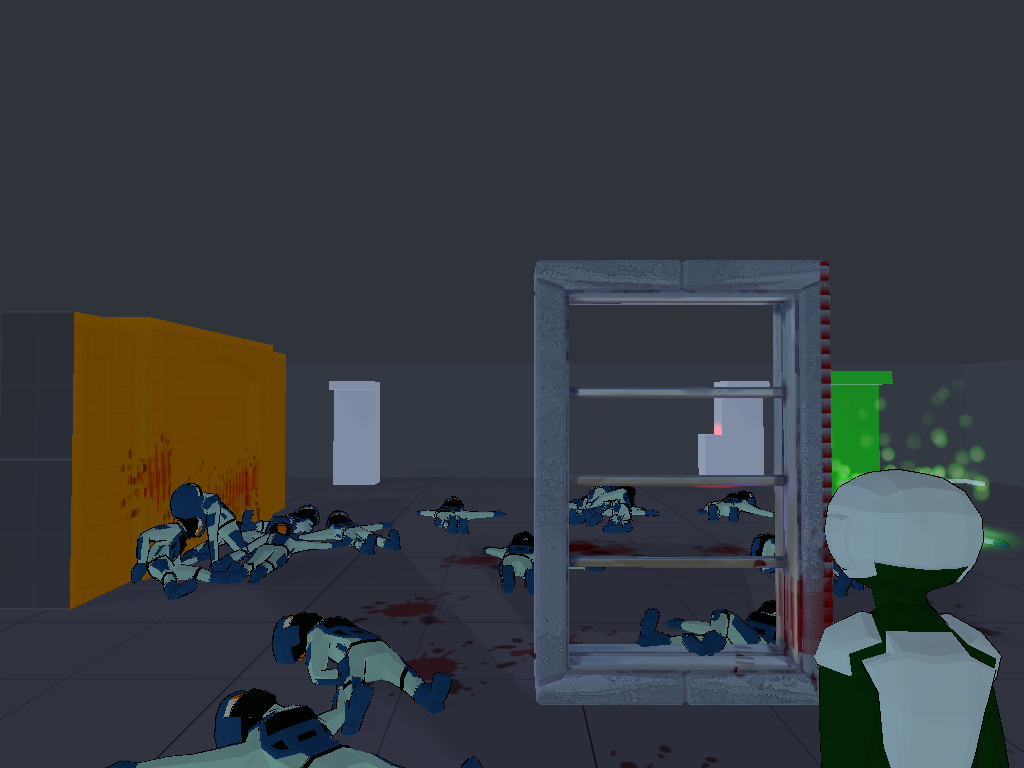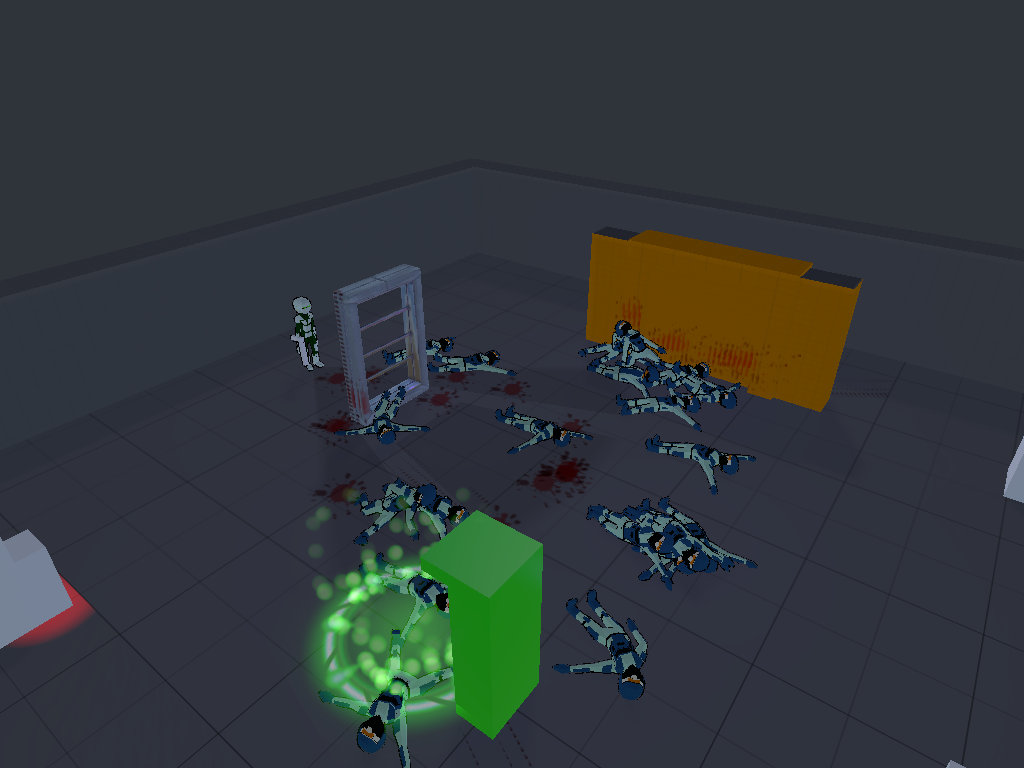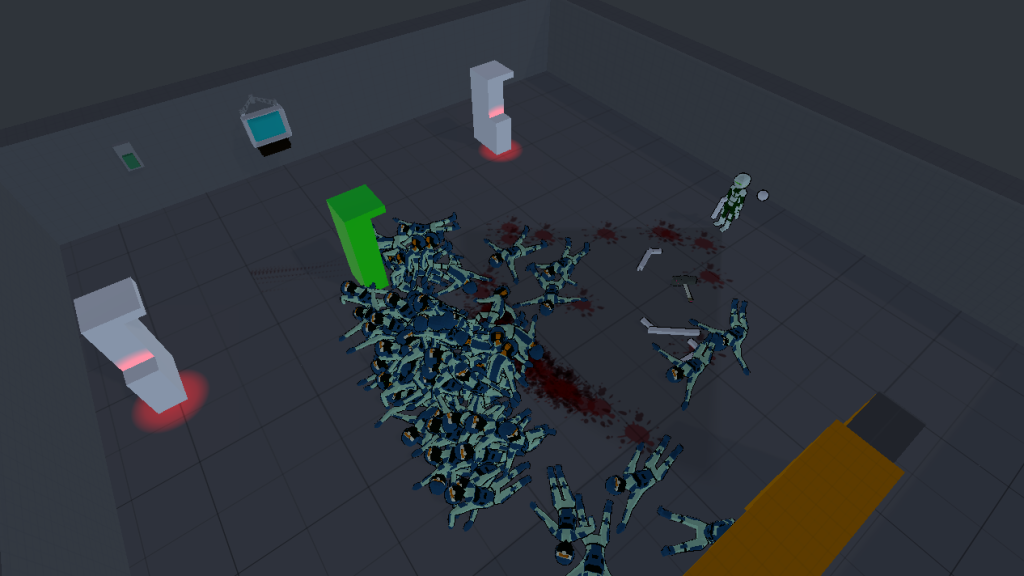
I have decided I am going to change how I post updated on my blog. Instead of doing weekly updates (or random updates), I am going to compile all of one month’s updates I have posted on social media and other platforms and post them on here at the end of every month. I hope that everyone will enjoy this new format. So here it goes.
UI Functionality
It has been several months since I last did a proper update but quite a lot has happened. First, I have hired artists. This means no more having to look at my basic 3D models. Their art will be integrated into the game over the next several months and that should make a big difference to the game. I am also going trying to put the game on Steam Greenlight by around mid-December time.
Since my last update, I haven’t worked much on the gameplay as the artists were creating the art. Therefore, I decided to focus on one of the dreadful aspects of game development: the UI. In that time, I have implemented all of my UI functionality and included all the features I wanted (screen resolution settings, rebindable keys, graphic settings, etc.). The design of the UI definitely is not final, but it works and looks much better than before.
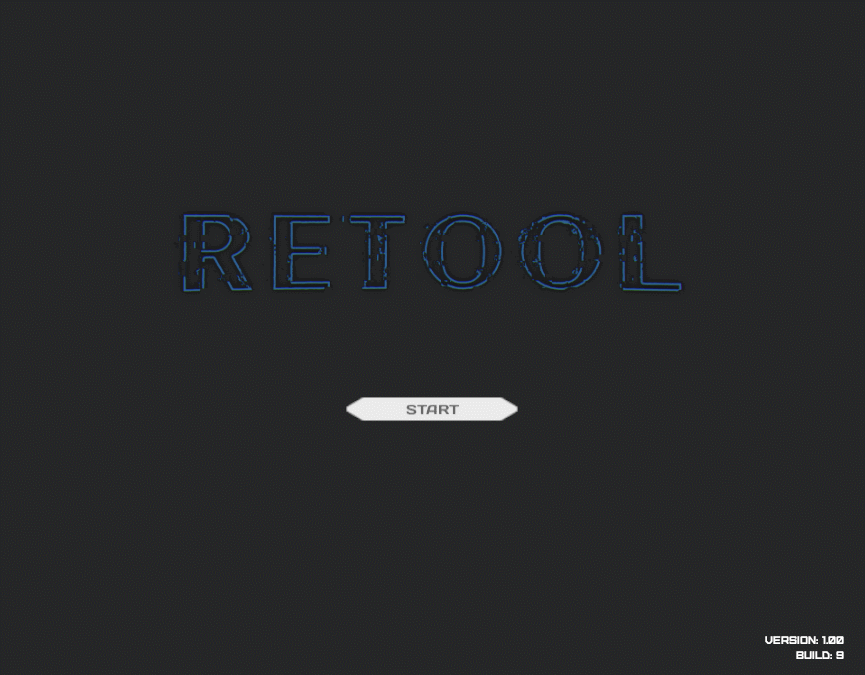


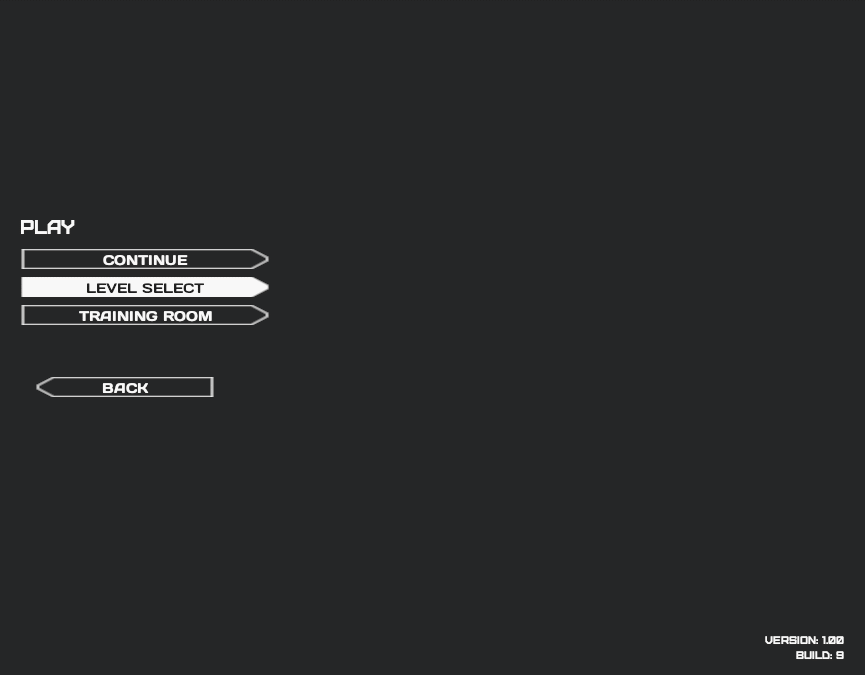
Smile for the Camera
Screenshot Feature
This week I created a screenshot feature for Retool. Players can start the screenshot feature at nearly any time during play.
When I implemented the screenshot feature, I had to ensure that certain aspects of the game were paused, such as rigid bodies, animation, etc. This took quite some time because I had to find a way to store their initial velocity or animation state, and then reassign it back. I ended up using a script that captures the amount of velocity when the screenshot mode starts and reassign it back when screenshot mode ends. Simple but effective. The movement and rotation keys control the camera so that players can move around to capture a screenshot. I also created a menu that allows changing the HSV (Hue, Saturation, and Value) of the screen before capturing the screenshot. Now players can create artistic screenshots.
Overall, it was quite simple to create but I had to tweak it quite a bit to make it look and work this great. Some of the main features of the screenshot are:
- It can take screenshots 1/2/4 times the size of the game resolution
- All HUD elements automatically will be hidden when a player takes a screenshot
- The player can customize the Hue, Saturation and Value of the game to get better looking screenshots
Below are some images of the screenshot feature in action and some screenshots captured by me. Even with no prior knowledge in art, I have to say these screenshots turned out quite good.
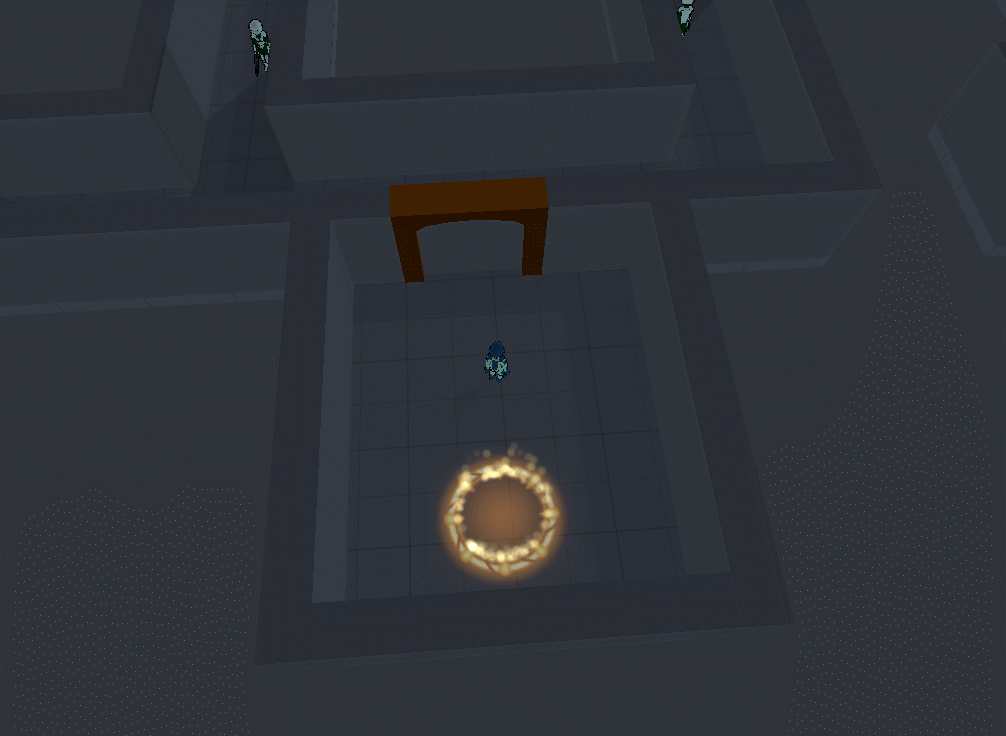
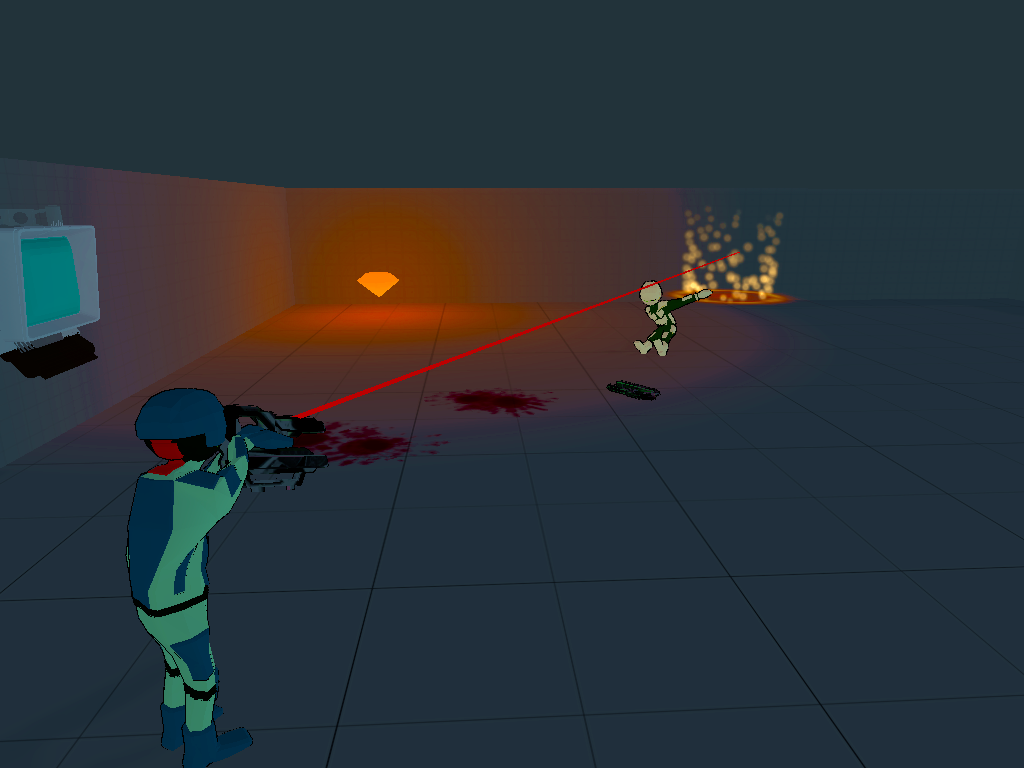
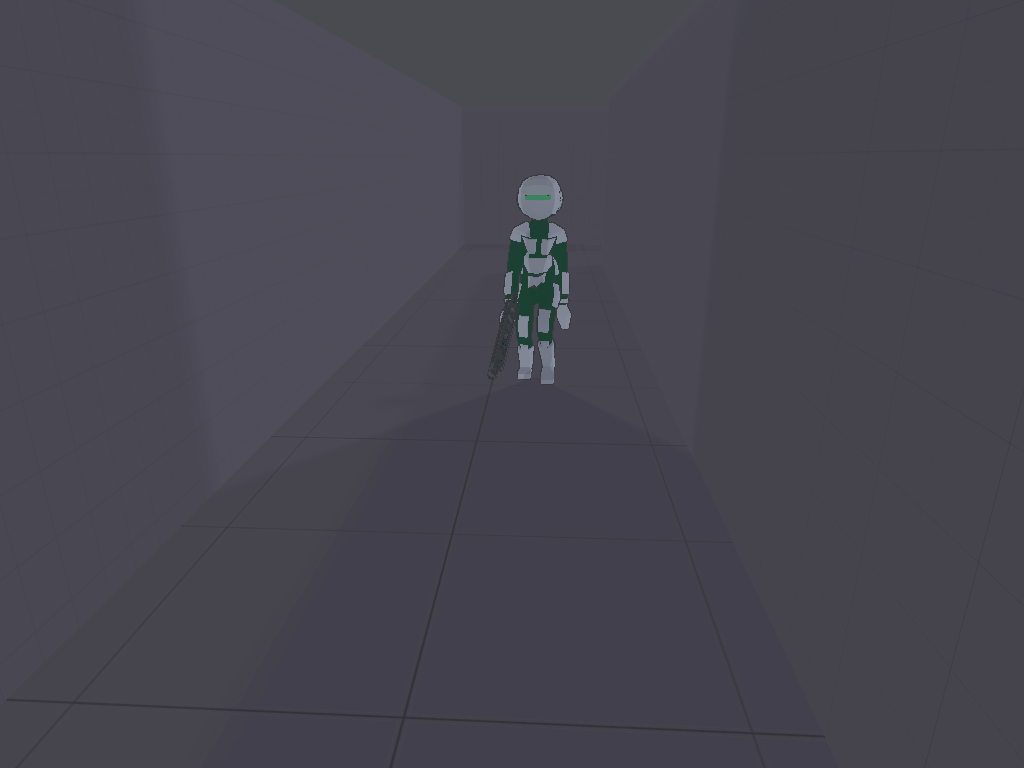
Hacking GUI
One of the biggest, and most, complaints I get about Retool was the hacking interface. It sucks. I knew it for a long time. I tried to delay it for as long as possible but this past week I decided to tackle it head-on. Over the past few months, I had written notes on how the new hacking GUI could possibly work. I implemented them all and settled on my favorite design. Therefore, without further delay, I bring to you the new hacking GUI.
I designed the GUI and controls around my number one priority, to make it work with a gamepad and a keyboard and mouse. The GUI now feels a lot easier to use, and since I have been the only one that has been using it, it has received 100% positive feedback.
I have also added a 2-second delay to the initial hacking of a computer. I didn’t think it would be that realistic for players to just go on a computer and start hacking. When a computer is hacked, it will make all the electronics linked to the computer glow (with a simple light, but will update it at one point). I also updated all connection lines between electronics so that they are animated. Now it is easier to see how the electronics are connected.
The one thing I do miss from this GUI is the ability to see all the different electronics connected to this computer in a list. I might implement this back in depending on what feedback I get from the new GUI and controls.
Here is the tl;dr update
- Updated hacking GUI and controls
- In hacking mode, electronics glow to show that they can be ‘retooled’
- Electronic connections are now animated show the player how they are connected
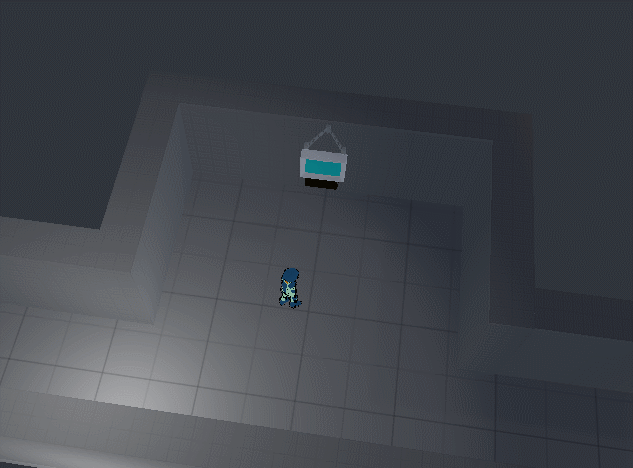
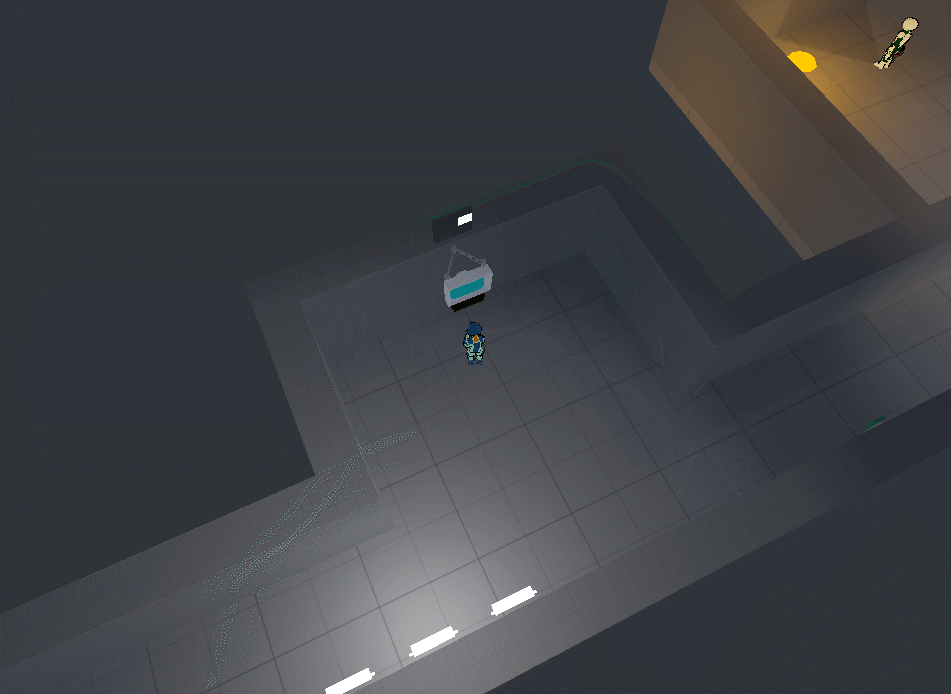
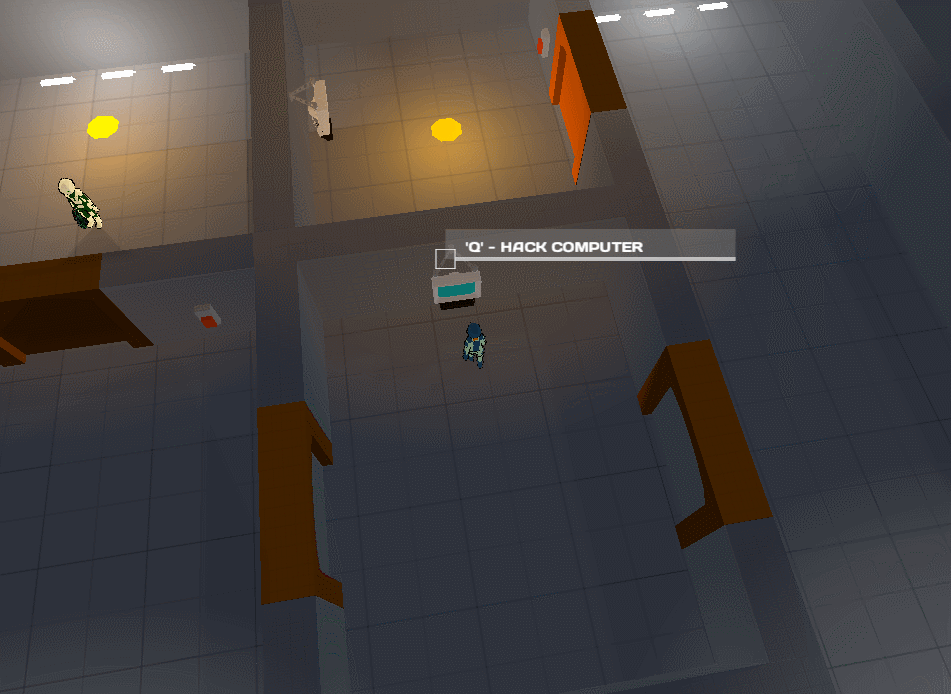
Blood and Terminals
A thing I wanted in Retool was to make a player never restart a level if they were to die. I was going to create an in-level save system that would save the player progress automatically, but I found it not to fit in with the story of Retool (and because I couldn’t figure how to code this in Unity). I then came up with the brilliant idea of creating a copy of the player and letting the player continue from there. I didn’t want them to start from the beginning so I decided to create ‘terminals’. These terminals allow the player to save a ‘copy’ of themselves so that whenever they die, the machine will create a new copy of the player and they can continue from there. I also made sure that there is only one terminal that can be active in the game. The player can hack other terminals during the game to activate them, which will deactivate the old terminal. Now this means the player never has to restart a level (or lose a level).
Also, I created blood effects that, in my opinion, look good. I just create a new projector every time I need to create some blood splatter. To make sure that there are not too many projectors during runtime, I just put a simple timer that destroys them after some time.
